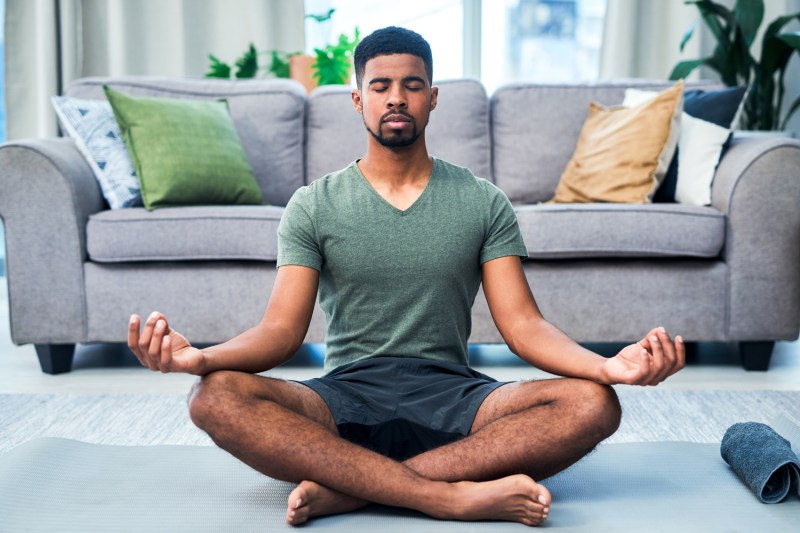
Exercise is an integral part of wellness, positively affecting physical, mental, and emotional health and balance. Yet sometimes, we notice that traditional exercises, like bike riding, climbing stairs, or jumping rope, may not be the most effective choices. Occasionally, we just need to try something new, and the answer to our problems could be tai chi. It may sound unfamiliar or even unachievable, but have no fear! All it takes is an open mind to learn about something new and give a tai chi workout a try.
We know you may be skeptical, but we’ll give you a nice and easy introduction to the benefits of tai chi. This can be a helpful guide for creative new ways to fit stretching and exercise into your everyday activities, no matter how hectic your schedule. This could be as simple as stretching in your office while taking a 10-minute break or setting aside an hour of solitude for a more extensive workout. We’re here to help if you’re unsure where to start. It may seem challenging to try something new, but really, it’s as easy as breathing and stretching.
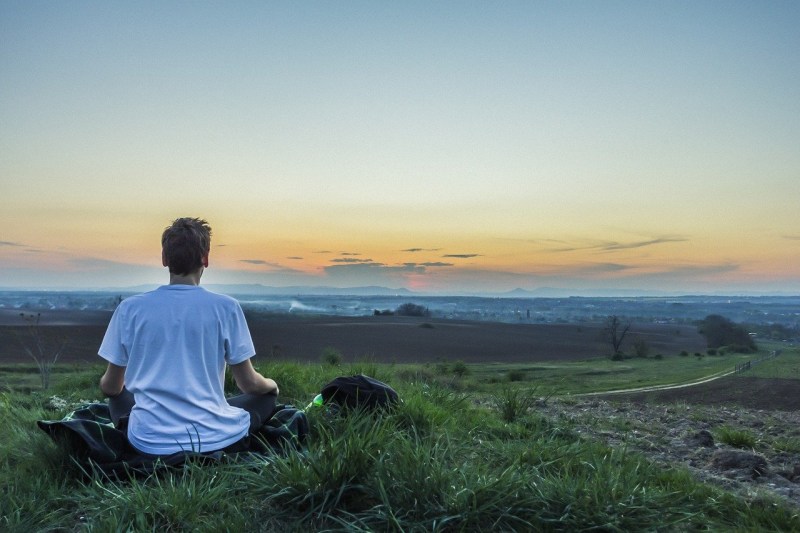
What is tai chi?
The first step to being successful at tai chi is to learn about it. This practice can be described as an artful style of movement and meditation, similar to martial arts. This can include head rolls, knee circles, and hip rolls. Traditionally, the goal of tai chi has been to usher in a relaxed mood and reduce pain. End goals for tai chi typically include being flexible as well as mindful and obtaining structural alignment.
In the realm of healthcare, tai chi has been used to alleviate chronic pain and musculoskeletal disorders. For this nice and simple guide to tai chi for beginners, we’ll start with examples like slowly squatting as well as crouching, and taking deep belly breaths. Overall, tai chi can benefit your mind, body, and soul.
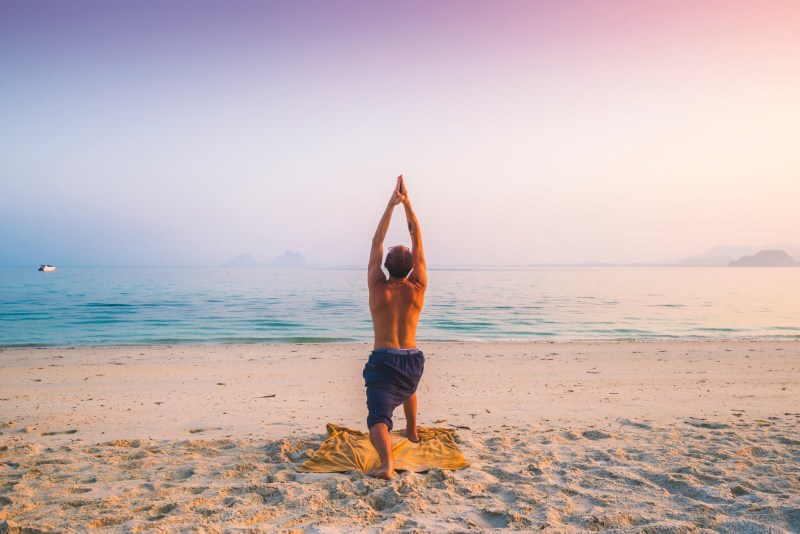
What are the benefits of doing tai chi?
1. It improves general health and fitness
Let’s begin by stating the obvious: Tai chi is a great way to improve your general health and fitness. Often, it is easy for us to assume we’re in great shape, so we might not keep our bodies moving the way we should. We’ve got to keep our blood flowing and our hearts pumping.
Stretching and bending while practicing tai chi can improve flexibility and balance. It can also improve overall strength and endurance. You’d be surprised by the effect this can have on performing everyday tasks. Instead of getting tired easily as you walk the stairs to your office or getting achy after cleaning the living room, you’ll have the stamina and strength to carry out all your activities during the day.
Your body functioning well on the outside is a good sign that all is in order on the inside too. Improving our blood circulation can also be beneficial to the immune system. This is especially important as we work to fight off viruses, diseases, and the common cold. Stamina, endurance, and agility are also improved. A key takeaway is that when our joints move freely, we can work freely and to our fullest potential.
2. It improves skeletal health
Without a doubt, tai chi is very beneficial for skeletal health. This is probably the most critical factor to keep in mind. So often, we ignore our bodies and our bones. We may feel an ache or pain now and then, but we shrug it off or apply a quick topical remedy and keep moving. However, our bones deserve more from us. Regular physical exercise can strengthen our bones and prevent declining function.
As mentioned earlier, tai chi is beneficial for balance. Improving balance will pay off in the long run by reducing the risk of falling. Osteoporosis, osteoarthritis, and other bone conditions are often exacerbated by falls. With each significant fall, we put immense pressure on our bones and contribute to wear and tear.
For example, the results of a clinical trial indicated that bone mineral density was increased in postmenopausal women who had completed tai chi classes over nine months. This is important because after menopause, calcium and vitamin D absorption decreases, which could ultimately mean decreased support for bone health. Engaging in tai chi can boost muscle function, improve and support bone mass, and prevent the risk of falls and fractures (or at least make injuries less serious if falls still occur).
Best of all, tai chi is a safe and low-impact exercise, making it ideal especially for elderly adults. The results of many studies have suggested that pain intensity and lower back pain have been reduced in older individuals who practice tai chi. The range of slow and fast movements was helpful for spinal support, and it could be more beneficial for pain reduction compared to traditional exercises like jogging. Physical function and strength also increased.
3. It reduces pain and supports chronic illness
Tai chi benefits our skeletal health and alleviates the aches and pains our joints may feel, protecting us in the long run. In addition to reducing pain associated with osteoarthritis, doing tai chi can help alleviate symptoms related to chronic illnesses like migraines, as well as symptoms related to fibromyalgia and rheumatoid arthritis. Additionally, cognitive function, digestion, and immune support may be improved.
4. It improves heart health
In addition to our bones, we should also think of our hearts when we consider our general health and fitness. Balanced physical exercise can be stimulating and beneficial for maintaining adequate heart function and can also be used in healthcare plans for cardiac conditions. Tai chi has been shown to boost heart function after a heart attack and can support individuals with coronary artery disease. Even just improving heart function to a greater level than usual can be a benefit, even if you are already experiencing cardiac ailments.
We’ve all heard medical professionals stress the importance of keeping the heart pumping. Our hearts (as well as our brains) are a focal point of sustaining life and function. We might take this for granted, but at any stage of life and in any condition of health, we can support our body processes by looking after our hearts. One way to accomplish this is to practice tai chi.
5. It relieves stress
Tai chi can improve physical and mental health, which helps our emotional health and stress response. The health and functionality of our bodies impact the function of neurotransmitters and the signals that are sent out and affect our hormonal and cognitive responses. Our stress reaction depends on these signals.
Once our body is balanced and our thoughts and mental wellness are under control, we can better regulate our emotions and how we deal with stress. If you’ve got a boatload of work with many deadlines or you’re experiencing a family crisis, tai chi might be able to help you develop a healthier stress response to cope.
6. It balances mental health and mood
Physical exercise involves not only your body but also your mind. The hormones and stress release involved in tai chi can improve your mood throughout the day. The results of clinical trials have shown that depression symptoms were less severe among tai chi practitioners. Meditation and deep breathing can positively impact psychological wellness. As a result, the mood can be lifted as well, even if you don’t have any specific mental health problems.
7. It improves sleep
Tai chi can also be your key to restful nights. Amid the hustle and bustle of the workday, sleep is often neglected. Chronic conditions are often characterized by a lack of sleep and high stress. Exercise can enhance sleep, and tai chi is no different. Once you’ve cleared your mind, alleviated your stressors, and stretched your body, you can enjoy a better night’s sleep.
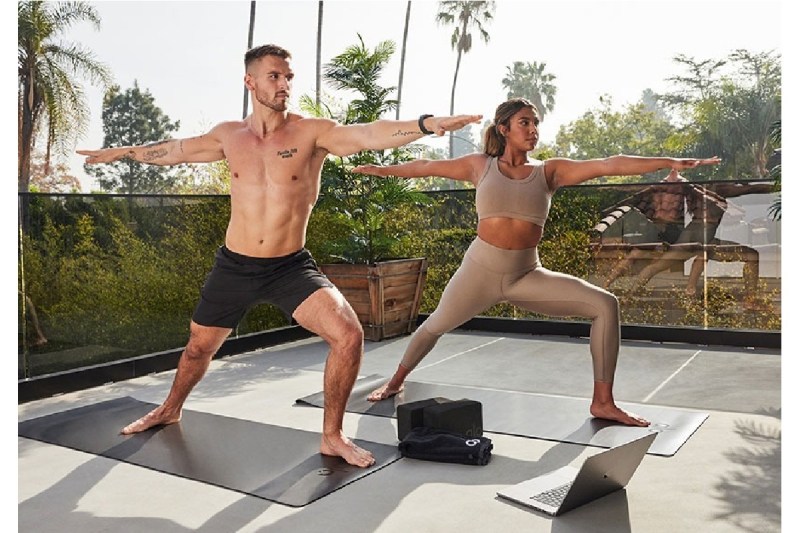
How often should you do tai chi?
Tai chi can be done daily (two or three times a day, for example), but it may be essential to check with your primary care provider if you have any underlying conditions. Stretching, bending, meditating, and breathing can be done in your living room, at a gym, or even at the office. All you need for tai chi are comfortable clothes and a comfortable space.
Frequently asked questions
What is the greatest benefit of tai chi?
The greatest benefit of tai chi may be the harmony of the mind, body, and soul. When one part of our body is struggling, the other parts begin to feel bad too. This can lead to mental stress, mood fluctuations, and emotional woes. Balancing these aspects of our lives can maximize our general health and wellness, letting us function at our best potential.
Does tai chi actually work?
Though this answer could vary depending on the person, for us, it’s an emphatic yes! Tai chi will work when you put in the effort. For most of us, it may seem hard to devote ourselves to exercise, but tai chi can be an easy answer. This can be slow shoulder circles, rocking, or turning from side to side in our kitchen as we prepare dinner. Remember that you have the power to make tai chi serve you in all areas of your life.
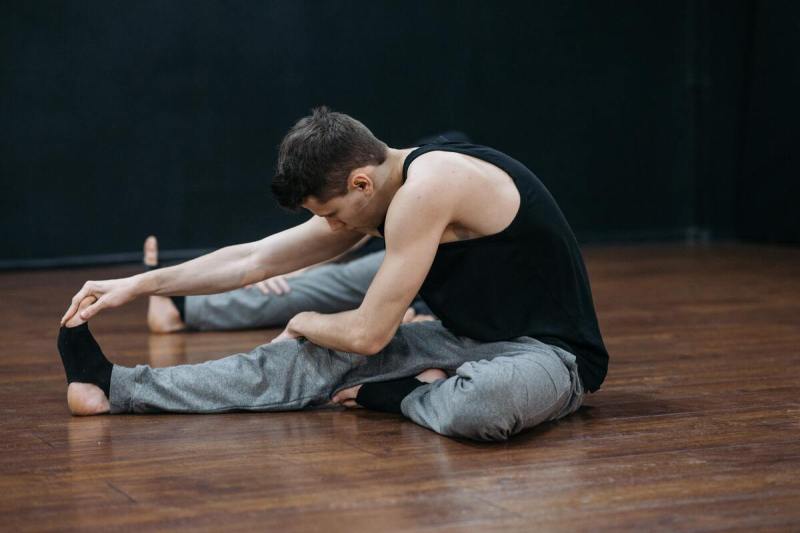
Getting started: Tai chi for beginners
Fortunately, tai chi is fairly simple for beginners to pick up. There’s no expensive equipment necessary to practice tai chi, and classes are fairly accessible, either in-person or through online videos. Tai chi classes are generally 40 minutes to an hour long, beginning with practicing moves on their own and then combining them into a sequence later on in the class.
One very important tip to remember when starting out with tai chi is to make sure you are keeping track of your posture, keeping an upright posture is key to being successful in tai chi. Another thing to remember is to keep your body movements fluid and flexible, moving your entire body with the flow of the movements. Finally, make sure you keep your mind clear when doing tai chi. It’s an exercise for your mind as much as your body, and if you’re distracted while you’re doing tai chi, you won’t get the full benefits of the exercise.



